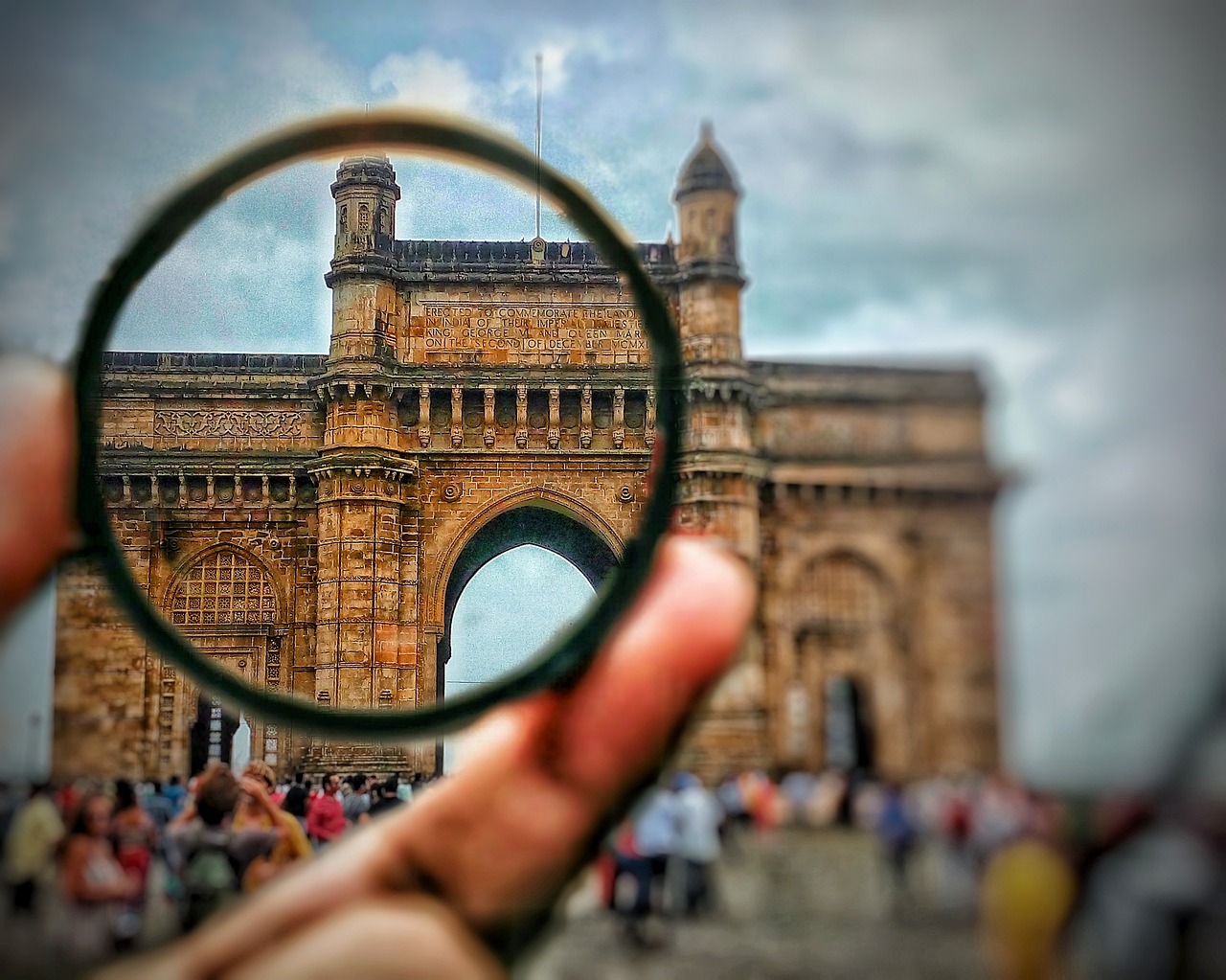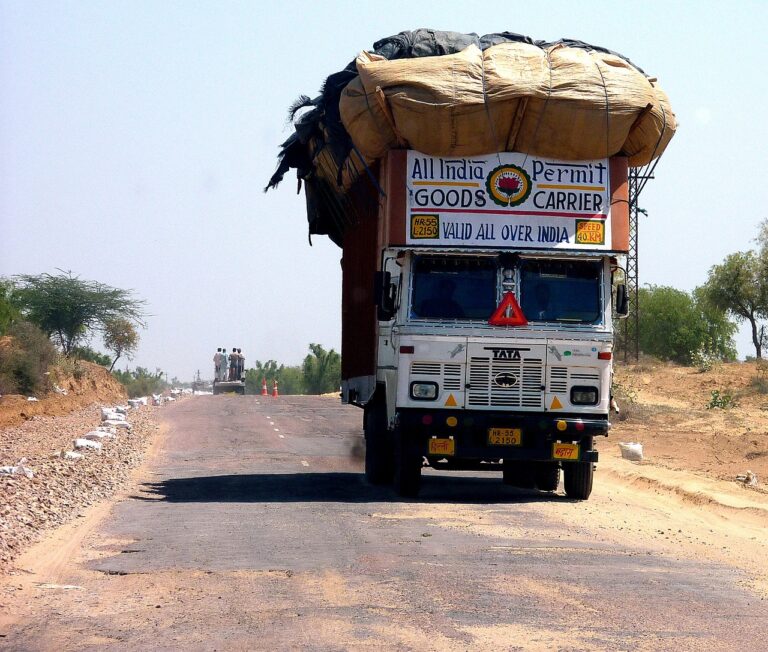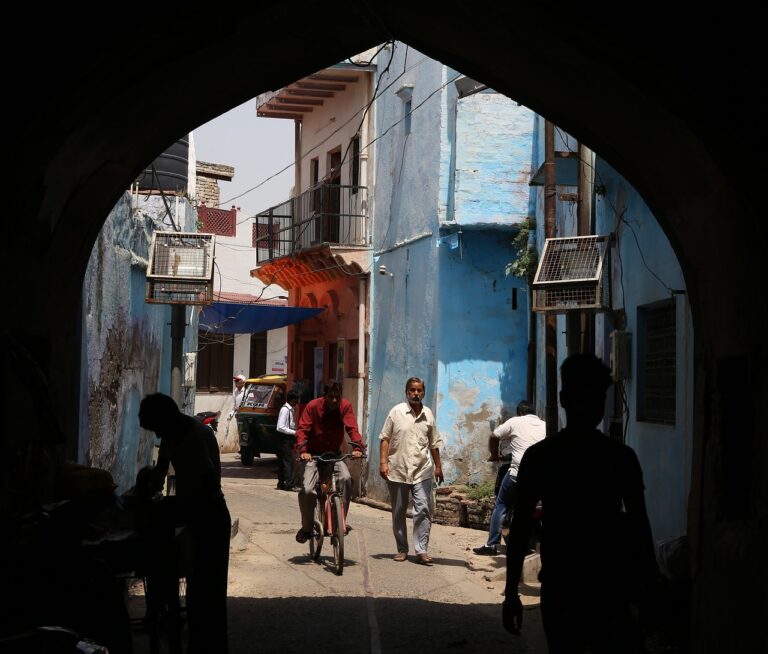Election Day Operations: Coordinating Voter Identification Requirements
As Election Day approaches, one of the most critical aspects of the voting process is ensuring that voters are correctly identified and eligible to cast their ballots. Coordinating voter identification requirements is essential to maintaining the integrity of the electoral system and preventing fraud. In this article, we will explore the various voter identification requirements in place across different states, the challenges faced in implementing these requirements, and best practices for ensuring a smooth and efficient voting process on Election Day.
Voter Identification Requirements by State
Each state in the United States has its own set of voter identification requirements, ranging from strict photo ID laws to more lenient regulations. For example, states like Texas and Georgia require voters to present a government-issued photo ID at the polling place, while states like California and Illinois accept a wider range of identification, such as utility bills or bank statements.
It is essential for election officials to be well-versed in their state’s voter identification requirements to prevent any confusion or delays on Election Day. Providing clear guidance to voters on what forms of identification are accepted can help streamline the check-in process and ensure that eligible voters are able to cast their ballots without any hiccups.
Challenges in Implementing Voter Identification Requirements
Despite the importance of voter identification requirements, there are several challenges associated with implementing these regulations. One of the most significant challenges is ensuring that all eligible voters have access to the necessary identification. This can be particularly difficult for marginalized communities, such as low-income individuals, minorities, and elderly voters, who may face barriers to obtaining a government-issued photo ID.
Another challenge is the potential for confusion among voters regarding what forms of identification are accepted. In some cases, voters may be turned away at the polls due to not having the correct ID, leading to disenfranchisement and frustration. It is crucial for election officials to communicate clearly with voters about the identification requirements to prevent any misunderstandings or disputes on Election Day.
Best Practices for Coordinating Voter Identification Requirements
To ensure a smooth and efficient voting process on Election Day, election officials can implement several best practices for coordinating voter identification requirements. One such practice is providing multiple options for identification, such as allowing voters to present a non-photo ID along with a proof of residence document.
Additionally, election officials can offer provisional ballots to voters who do not have the required identification on hand. Provisional ballots allow these voters to cast their ballots, which can later be verified and counted if the voter’s eligibility is confirmed. This ensures that no eligible voter is turned away from the polls due to lack of ID.
Conclusion
Coordinating voter identification requirements is a critical aspect of ensuring a fair and secure electoral process. By understanding their state’s voter identification laws, addressing challenges in implementing these requirements, and following best practices for coordinating ID requirements, election officials can help make Election Day run smoothly and efficiently for all voters. It is essential to prioritize access to the ballot box while also maintaining the integrity of the electoral system through proper identification procedures.
FAQs
1. What forms of identification are typically accepted at the polls?
Most states accept a government-issued photo ID, such as a driver’s license or passport. Some states also allow non-photo IDs, such as utility bills or bank statements, along with a proof of residence document.
2. What should I do if I do not have the required identification on Election Day?
If you do not have the necessary identification, you can request a provisional ballot, which allows you to cast your ballot and have your eligibility verified later.
3. Are there any organizations that can help me obtain the necessary identification?
Yes, there are several organizations that provide assistance with obtaining government-issued photo IDs, particularly for marginalized communities. Reach out to local voting rights organizations for more information.







